The most crucial part of video-game development explained - and how it powered Fortnite's runaway success
OXM speaks to the professionals about exactly what game engines are, which ones they use, and how they work
Game engines are becoming ever more sophisticated. Whether it’s a pixel-art side-scrolling adventure game, a sweeping science fiction first- person shooter, a poignant walking simulator or even an enchanting fantasy RPG, there’s a game engine that helped make that game a reality. Here’s a rundown of some of the best game engines that powered the biggest games of 2018 and the greatest titles of this console generation. And given that some of these engines are available for free you can even try your hand at creating a game of your own.
8) Frostbite
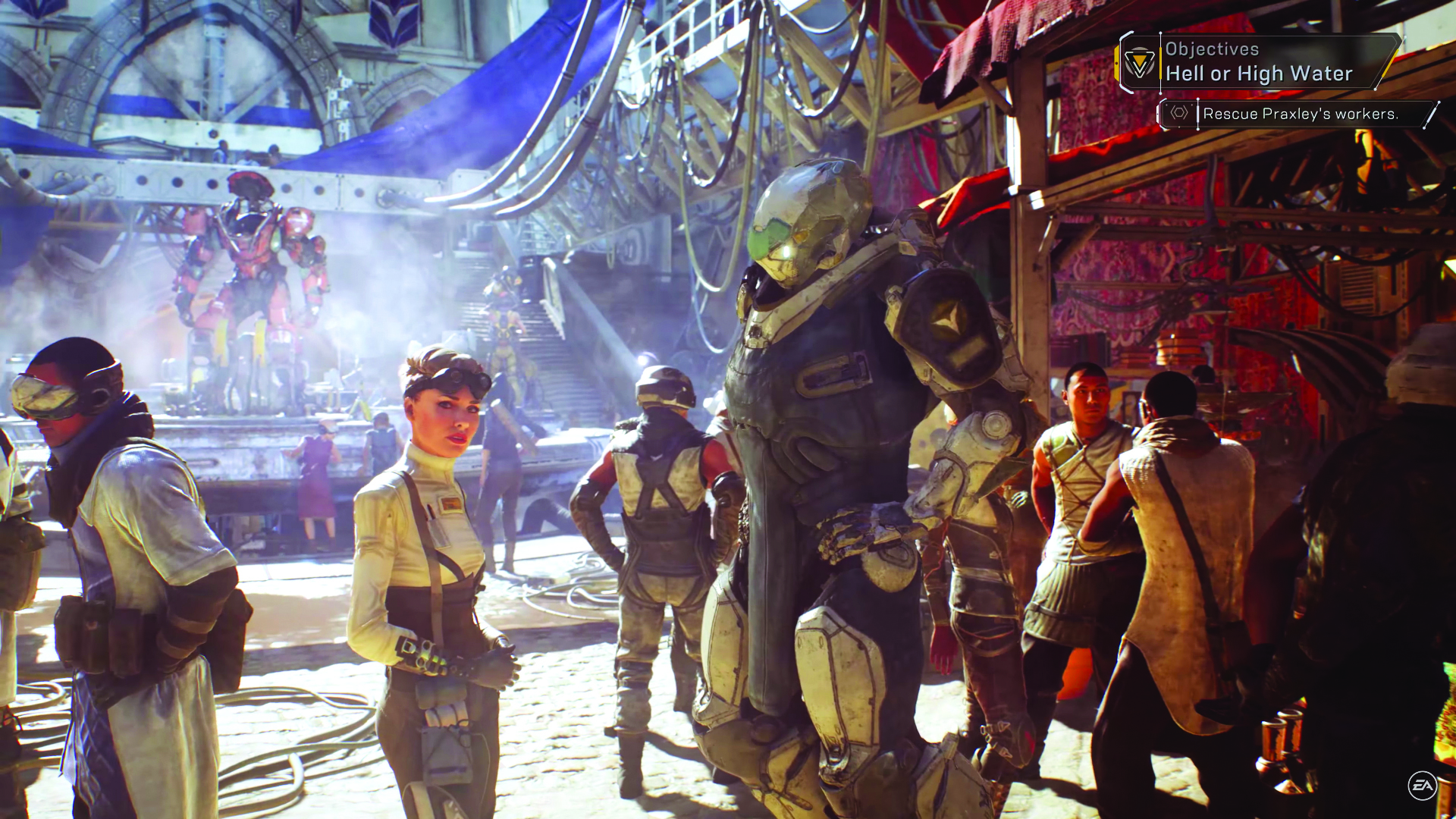
EA’s powerhouse of an engine has been used in more and more of its games since starting out in the Battlefield series, where now it is being used exclusively. It has predominantly been used for creating fantastic first-person shooters, most recently Battlefield 1 and Star Wars Battlefront II, but over the years it’s been continuously improved and pushed in different directions to work with other genres, such as racing, sports and RPG titles. The engine is also known for being hefty enough to be able to handle complex destructible environments and huge multiplayer matches. BioWare’s Anthem will be the next game to take advantage of the engine.
7) Unity

The Unity engine has become increasingly popular over the years and is now synonymous with indie game development. This is largely due to the fact that, just like the Unreal engine, it’s available to download for free and anybody that wants to try their hand at game development, can. There’s also a tremendous amount of support from the development community who provide a wealth of dedicated tutorials. Firewatch, Yooka-Laylee, Cuphead and the upcoming Ooblets and Ori And The Will Of The Wisps are just a small fraction of games that have used this engine. And then in the non-videogame world, the luminous likes of Disney, Coca-Cola, Nasa and Lego are also registered Unity users.
6) CryEngine
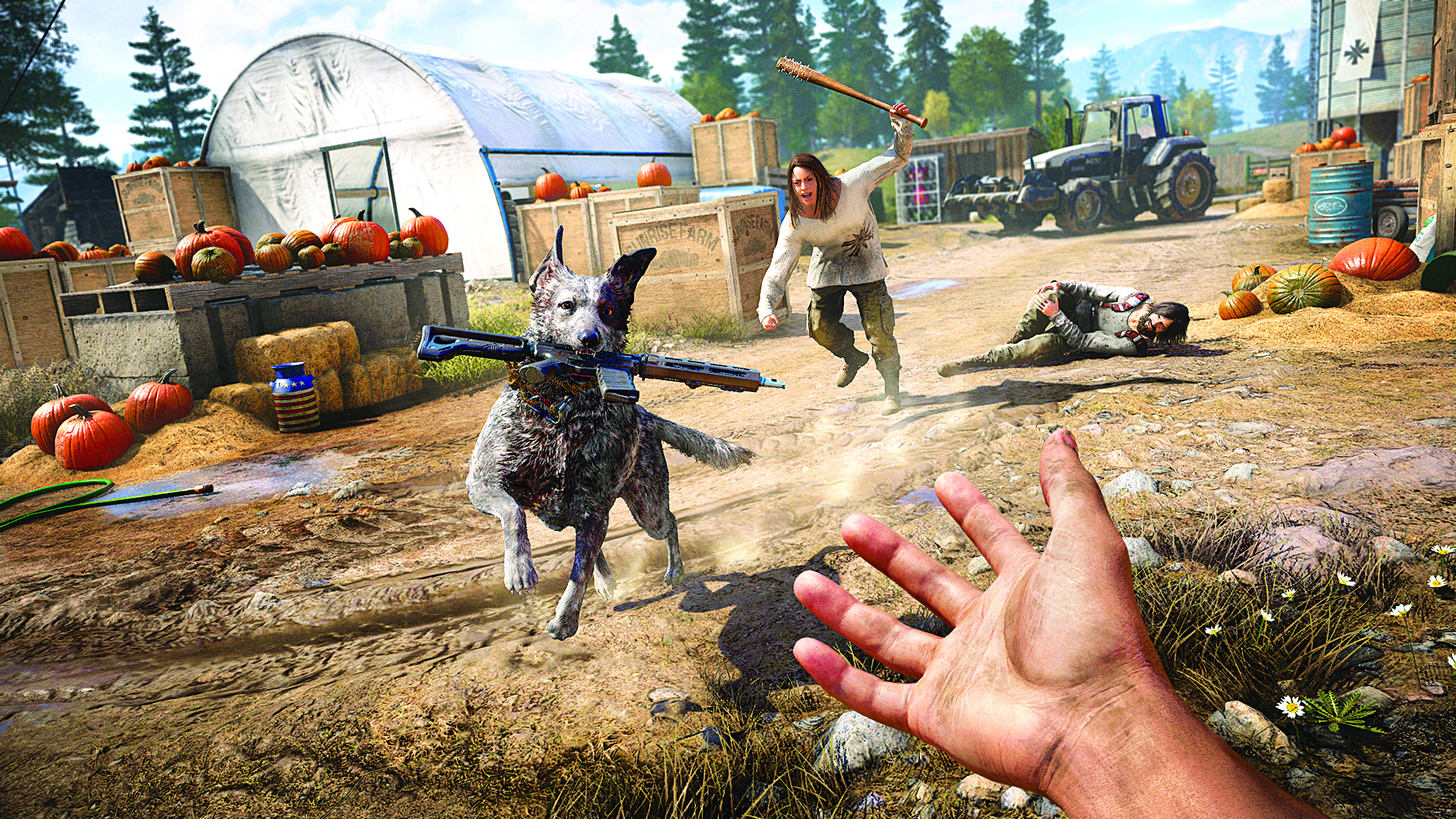
The CryEngine developed by Crytek has been used to make many popular titles including Far Cry, State Of Decay, Ryse: Son Of Rome, Prey, Evolve and Hunt: Showdown. Ubisoft Montreal designed a heavily modified version, called Dunia, to continue the Far Cry series with Far Cry 2. This allowed them to create an open-world game, and added a bunch of new improvements, such as destructible environments, dynamic weather systems, night and day cycles and realistic fire simulations, which brought out the pyromaniac in all of us. Later games in the series used the updated Dunia 2 engine.
5) iD Tech 6
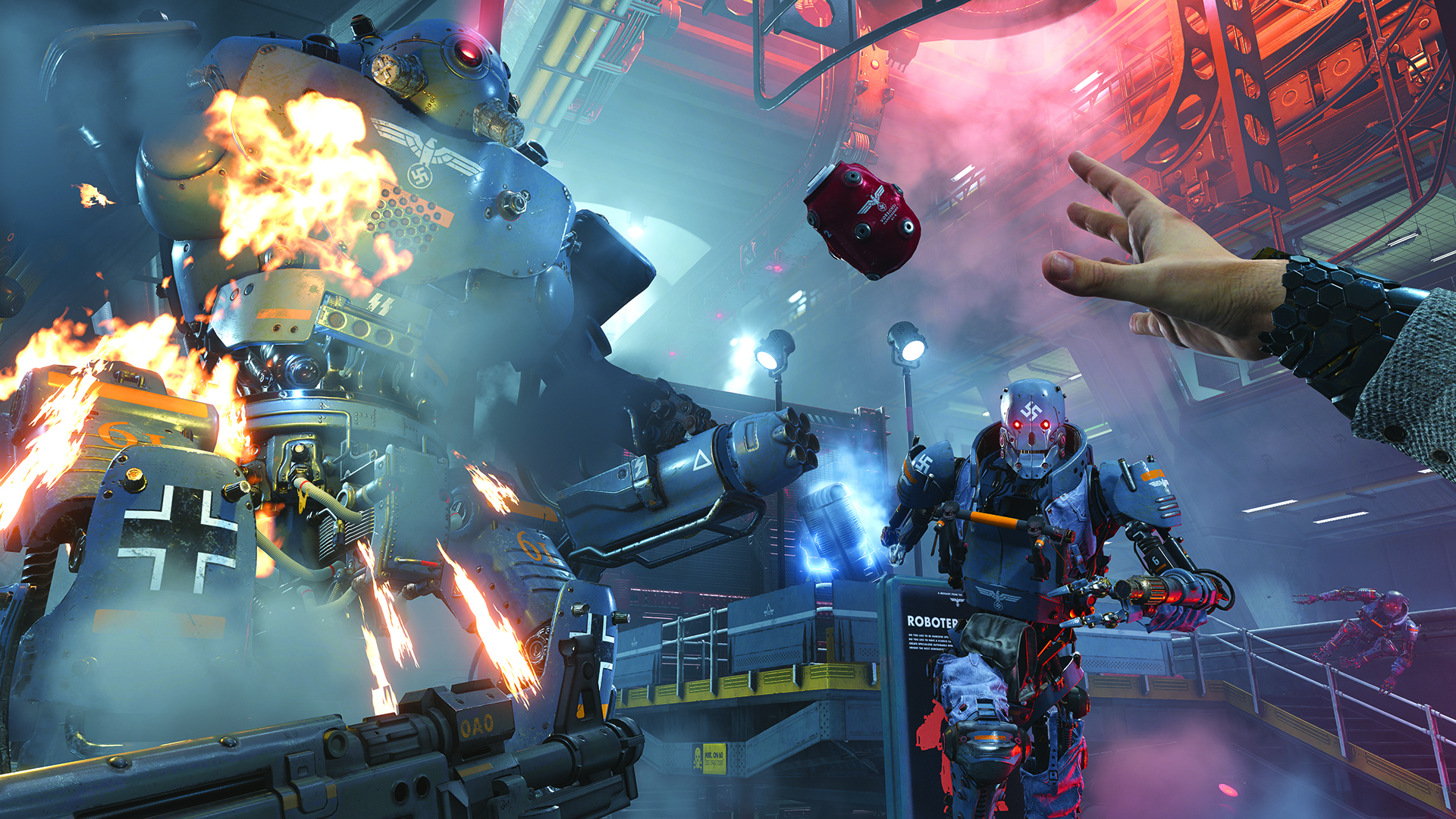
Each of the id Tech engines created by id Software are unique but they all have an immense shared history. The first engine was originally named the ‘Doom’ engine and used to make the first two Doom games. Now it is in its sixth iteration, and has been used to create the Doom reboot and Wolfenstein: The New Colossus. Many games series have id Software’s engine to thank for their development, such as the immensely successful Call Of Duty with its IW engine, and Half-Life, Portal and Team Fortress with the Source engine; both of these engines can be traced back to the id Tech 2 engine.
4) GameMaker Studio 2

Games like the gorgeous Hyper Light Drifter and the frustratingly addictive
10 Second Ninja X used this engine and have both seen huge success. The greatest thing about GameMaker Studio is that it utilises an easy to use drag and drop system so that anyone wishing to try their hand at game development can probably throw something together with little fuss. It also has its own scripting language, to develop more complex games. This has prompted it to become the go-to engine for amateur developers. While it is entirely possible to make limited 3D games using this engine, most people use it to make 2D games.
3) REDengine
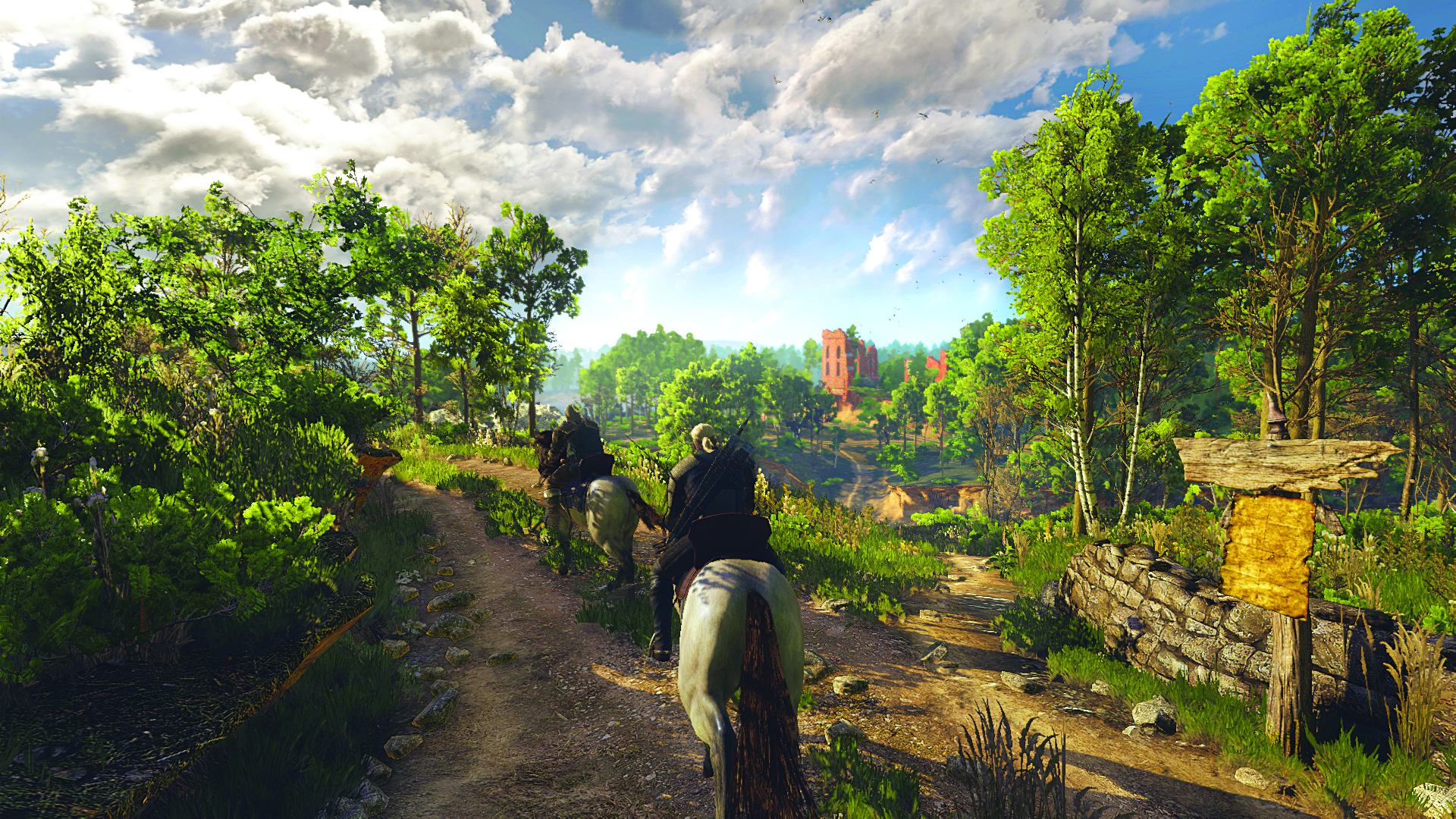
This first-party engine created by CD Projekt Red was used from The Witcher 2 onwards. Their current engine, REDengine 4, is currently being used to develop the eagerly anticipated Cyberpunk 2077. The engine was created from the group with open-world RPGs in mind, so it allowed them to create large, open worlds that had a better draw distance and better AI handling for the bustling cities that we’ll see. They managed to create a spectacular game with The Witcher 3, with the REDengine 3, so who knows what extra capabilities the fourth iteration will offer.
Weekly digests, tales from the communities you love, and more
2) Creation Engine

The Gamebryo engine, created by the now defunct Numerical Design Limited, had been used to develop a range of different titles including Bethesda Game Studios’ The Elder Scrolls IV: Oblivion and Fallout 3. However, Bethesda ultimately decided to develop its own Creation Engine to make subsequent games, as it felt that Gamebryo’s graphics capabilities were outdated. The result was an engine that not only had better graphical capabilities but better AI, world-building, animations and draw distances.
1) Unreal Engine
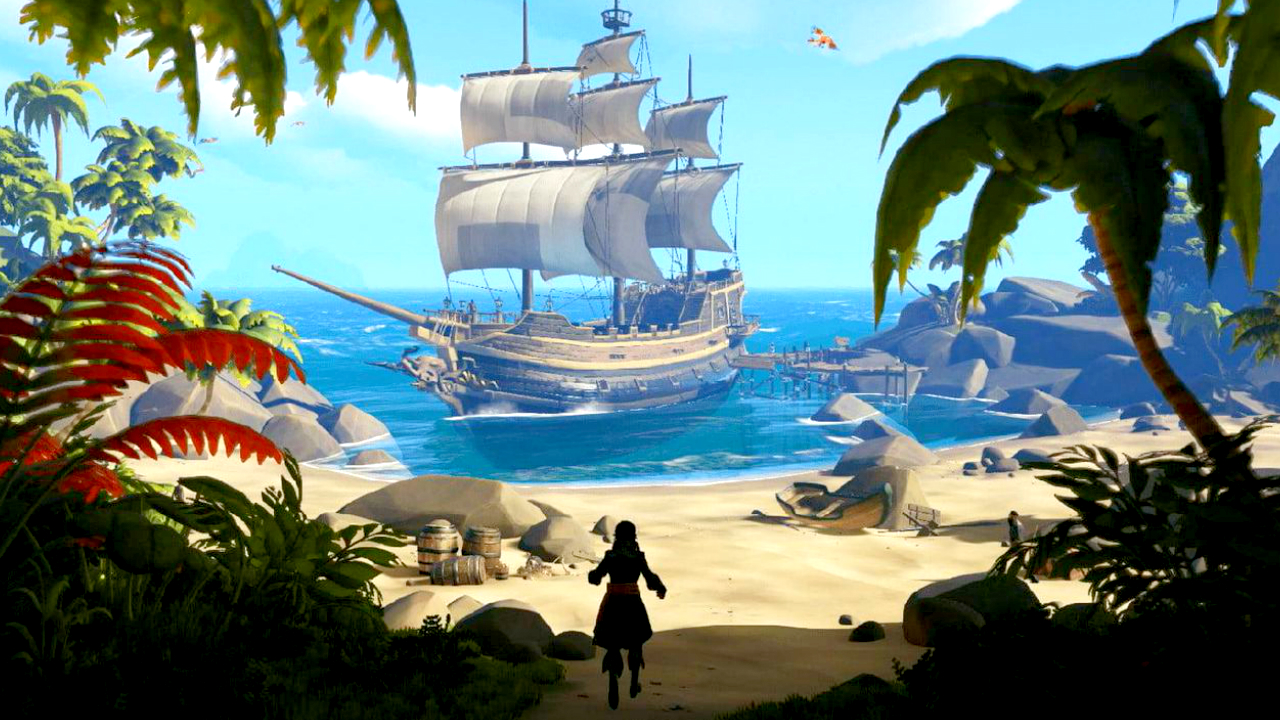
Developed by Epic Games, this engine is probably the most well known of all the ones previously mentioned. If anyone has ever heard about game engines, it’s likely that they’ve been made aware of or have seen one of the many tech demos the company regularly release. A ridiculous amount of developers have taken advantage of the Unreal Engine to develop their games; a few notable mentions are the Gears Of War series, Batman Arkham series, Mass Effect trilogy, and more recently Sea Of Thieves, PlayUnknown’s Battlegrounds, and Fortnite, but the list could go on. Not only is it being used extensively in videogames, it’s also frequently used in film and television. Now available for free to anyone wishing to develop their own games, all that is required is that you pay 5% on what you make from the game once it ships.
This article originally appeared in Official Xbox Magazine. For more great gaming coverage, you can subscribe to OXM here.
- 1
- 2
Current page: The most popular game engines and the titles they created
Prev Page What are video game engines and what do they do?
Sam Loveridge is the Brand Director and former Global Editor-in-Chief of GamesRadar. She joined the team in August 2017. Sam came to GamesRadar after working at TrustedReviews, Digital Spy, and Fandom, following the completion of an MA in Journalism. In her time, she's also had appearances on The Guardian, BBC, and more. Her experience has seen her cover console and PC games, along with gaming hardware, for a decade, and for GamesRadar, she's in charge of the site's overall direction, managing the team, and making sure it's the best it can be. Her gaming passions lie with weird simulation games, big open-world RPGs, and beautifully crafted indies. She plays across all platforms, and specializes in titles like Pokemon, Assassin's Creed, The Sims, and more. Basically, she loves all games that aren't sports or fighting titles! In her spare time, Sam likes to live like Stardew Valley by cooking and baking, growing vegetables, and enjoying life in the countryside.


